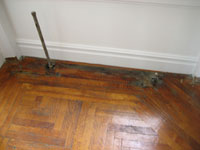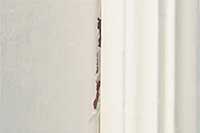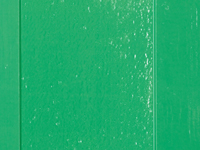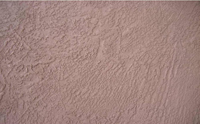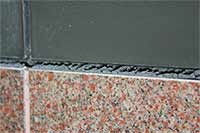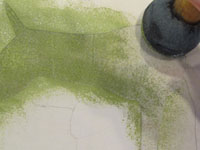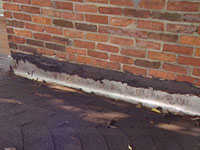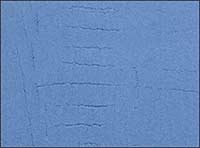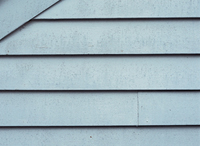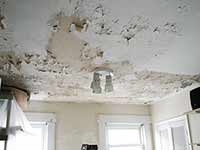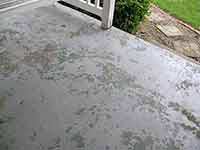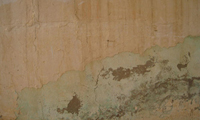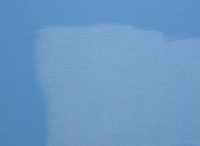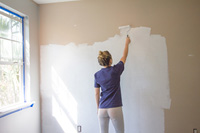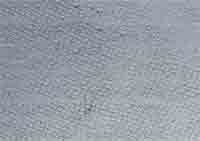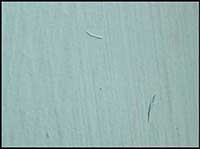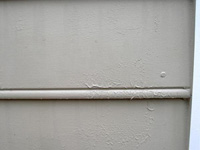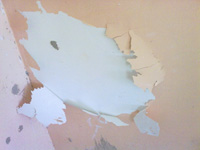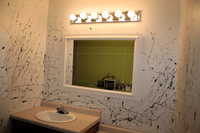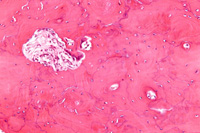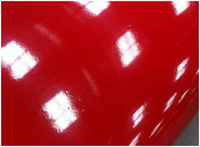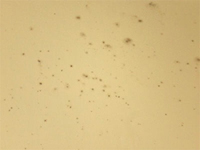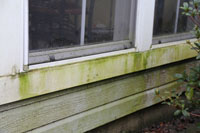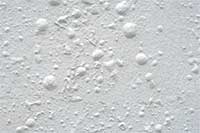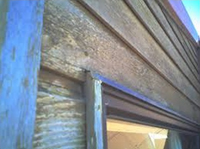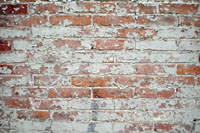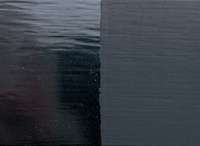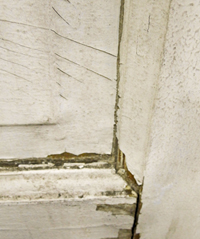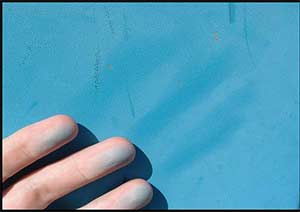 CAUSES: Eventually all paints chalk to some degree. Generally, alkyds chalk more quickly and to a greater degree than acrylic latex coatings. Chalking is a result of the breakdown of the coating binder because of its prolonged exposure to the ultraviolet rays of the sun.
CAUSES: Eventually all paints chalk to some degree. Generally, alkyds chalk more quickly and to a greater degree than acrylic latex coatings. Chalking is a result of the breakdown of the coating binder because of its prolonged exposure to the ultraviolet rays of the sun.
Excessive formation of fine powder on the surface of a paint film is caused by failure to adequately prime and seal a porous surface, by over thinning the paint prior to application or by spreading the paint too thinly.
All oil paint will chalk to some degree as the result of exposure to sunlight. On most surfaces, especially white, moderate chalking is helpful because dirt is washed away with the chalk when it rains. In addition, chalking is a normal, desirable way for the paint film to wear away and provide a good surface for future repainting. However, a freely chalking type of paint should not be used above masonry or brick because the chalk washdown will leave an unattractive discoloration on these surfaces.
If you wipe your hand over a surface and the chalk dust covers your entire hand, you should think about repainting.
SOLUTIONS: The chalk residue must first be removed. This is easily accomplished with the use of a pressure washer. If one is not available, use a stiff brush, a mild detergent and spray the chalky surface with a strong stream from a garden hose. The detergent will act as a lubricant to easily remove residual dirt and chalk in addition to any other foreign contaminants. After the surface has dried thoroughly, rub with your finger to check if some chalk residue remains. If so, a surface conditioner (oil or acrylic) should be used under the finish coat.
If chalk washdown on brick has occurred, the stains can be removed from the brick by scrubbing with a stiff brush and detergent solution. Use a strong stream from a garden hose to rinse. If the brick is a slightly different color after it dries, it can be masked by rubbing a piece of brick over the area, or paint the area with a brick-colored coating.

